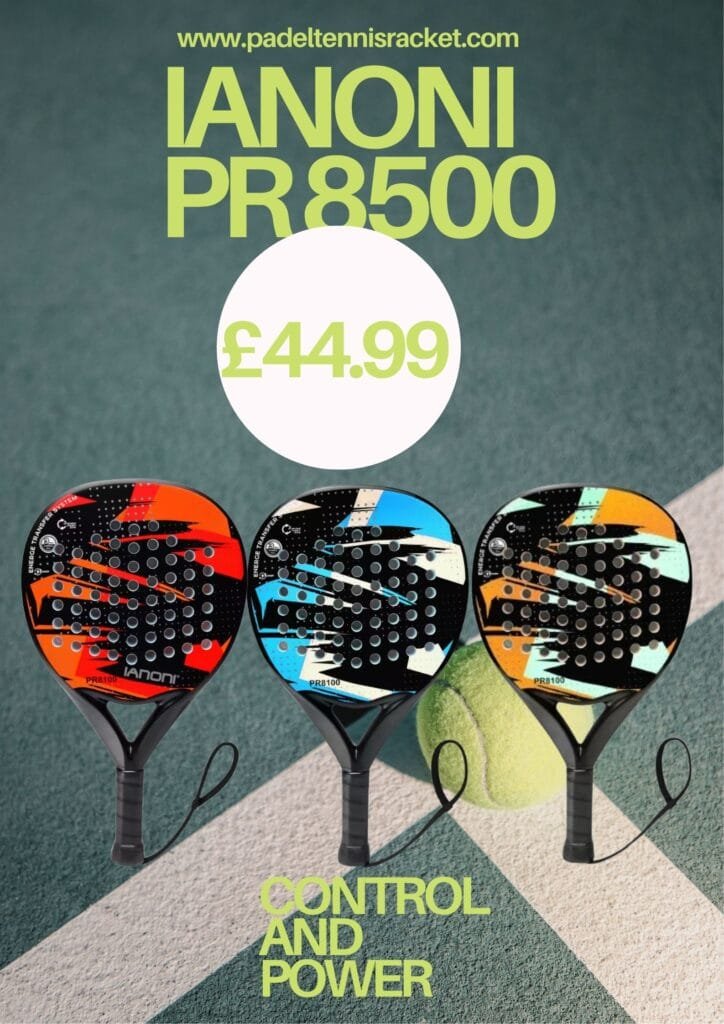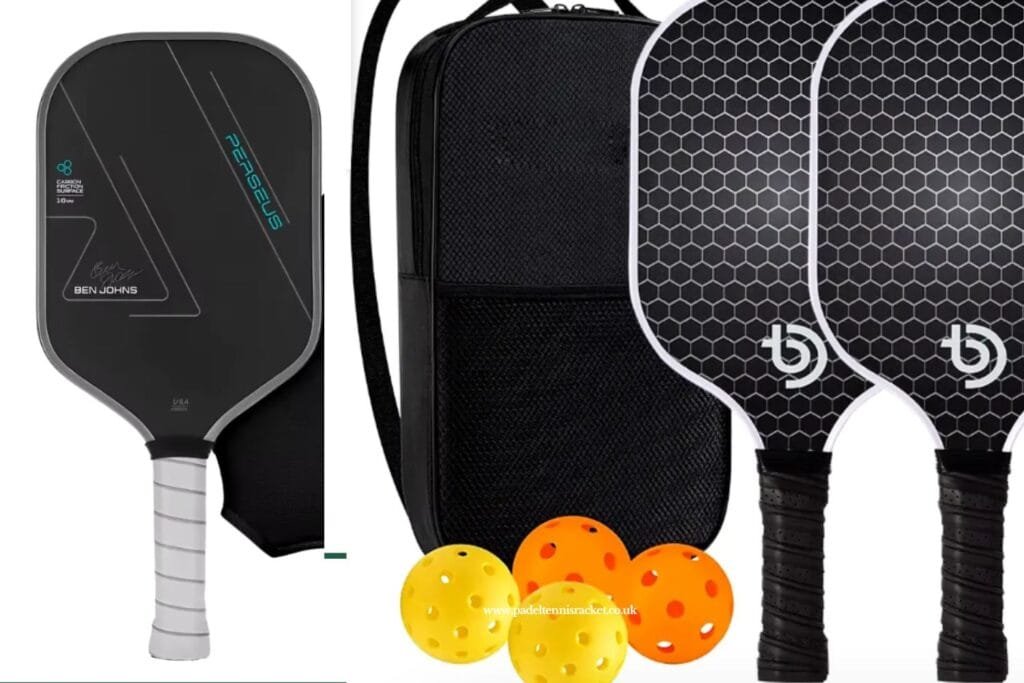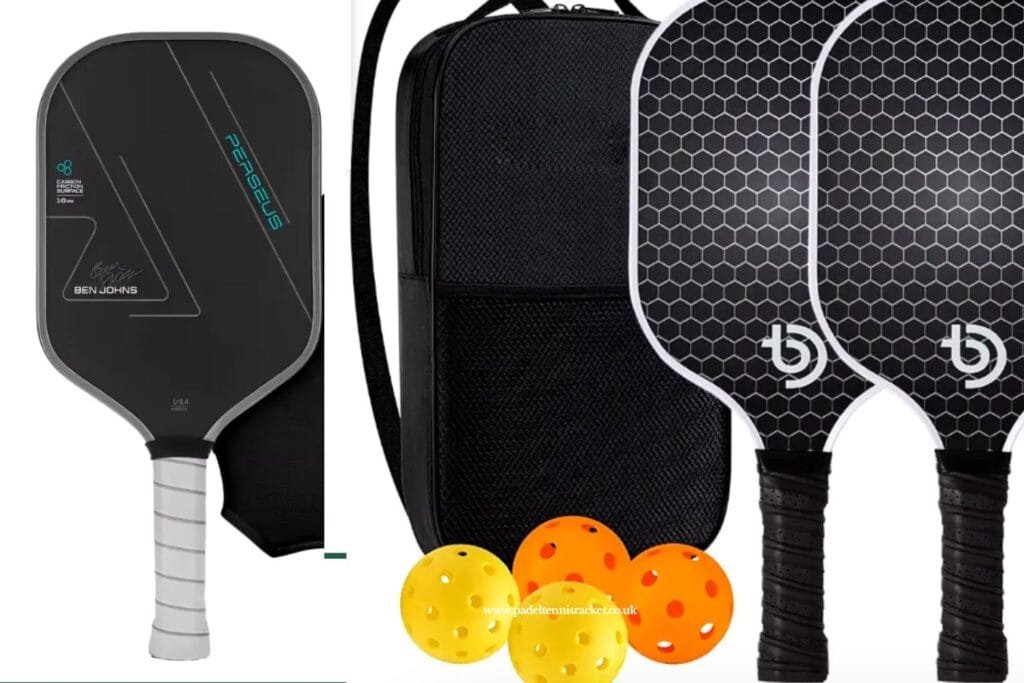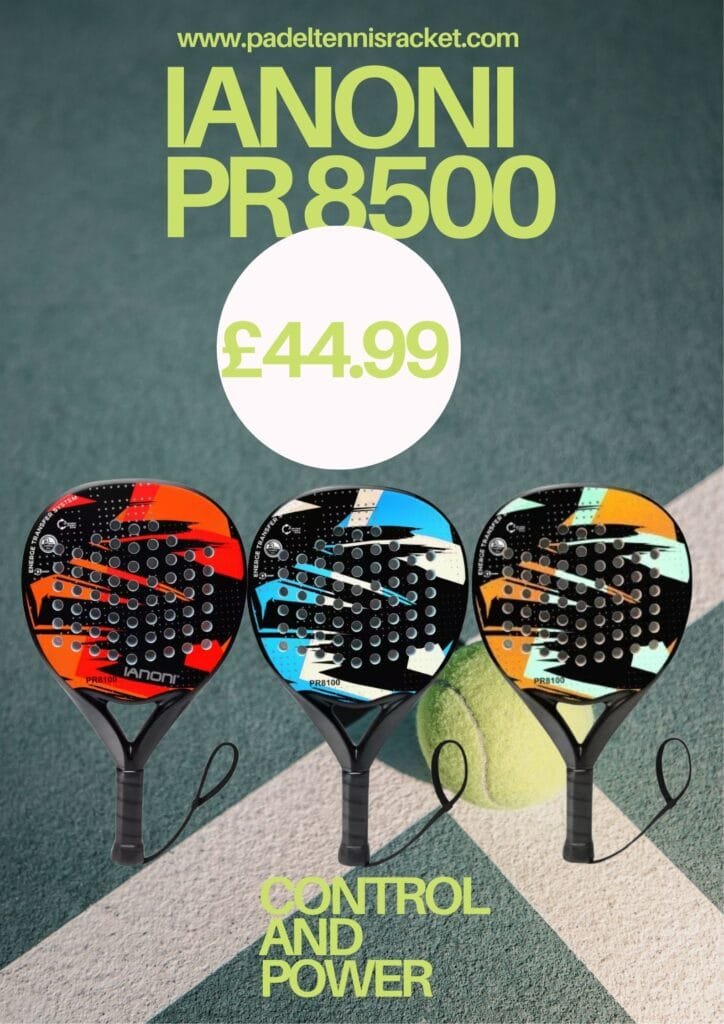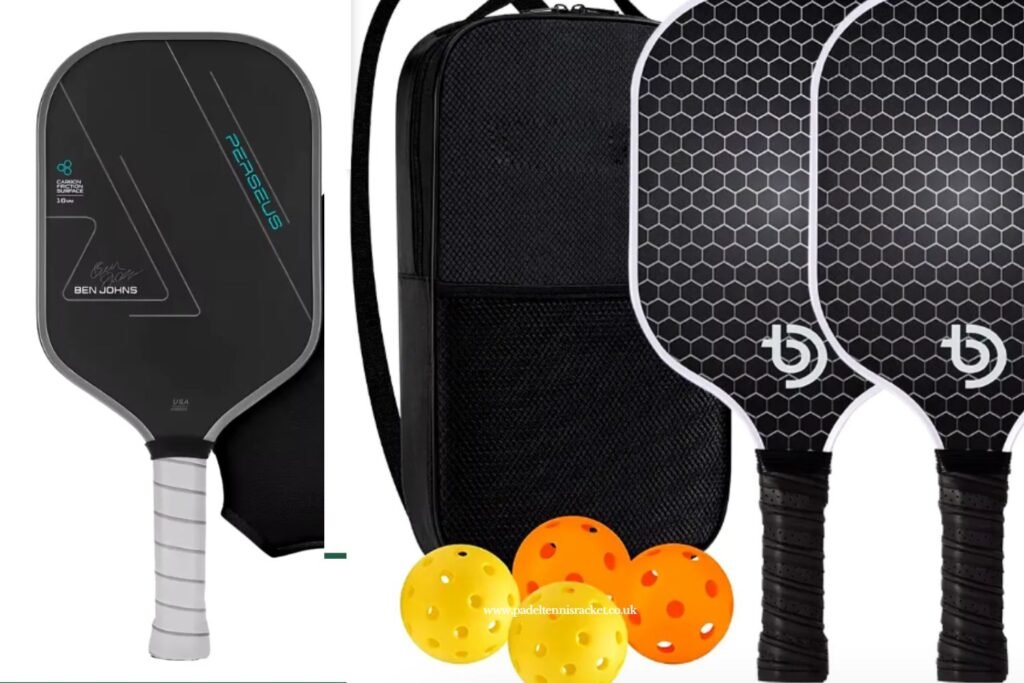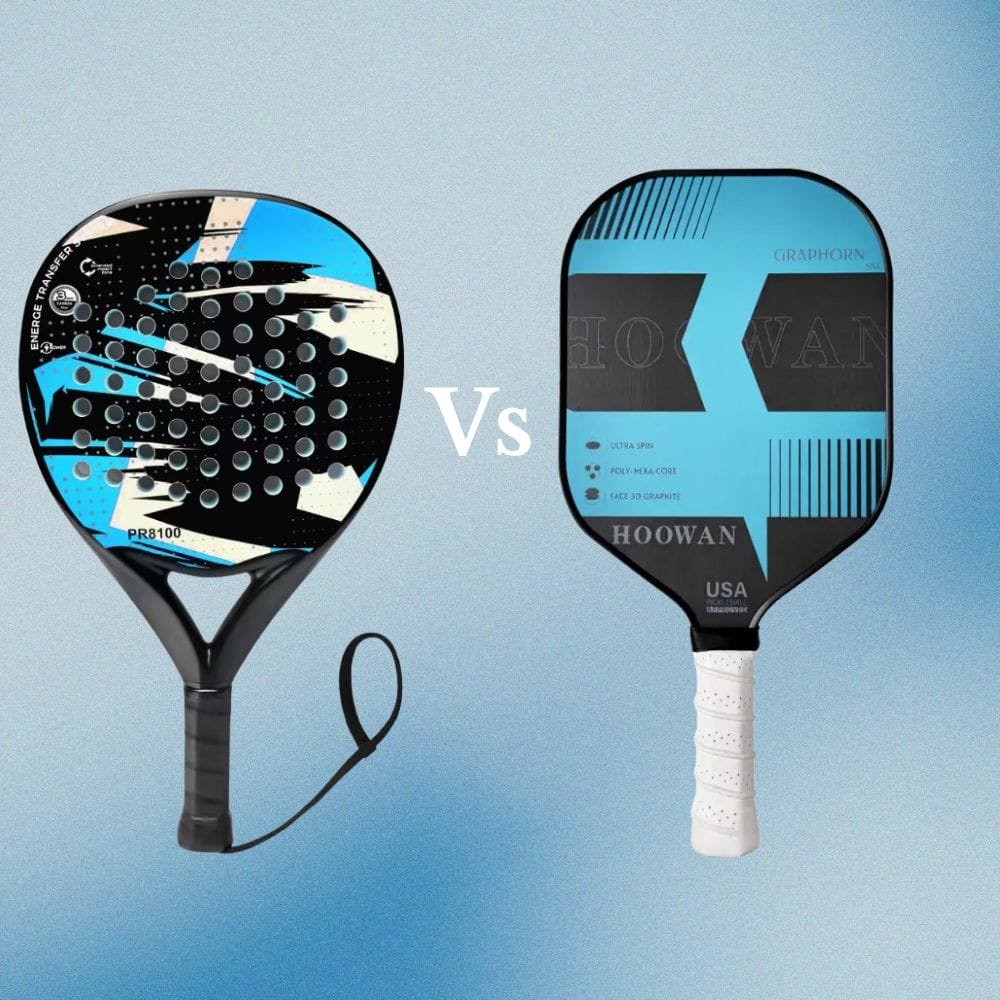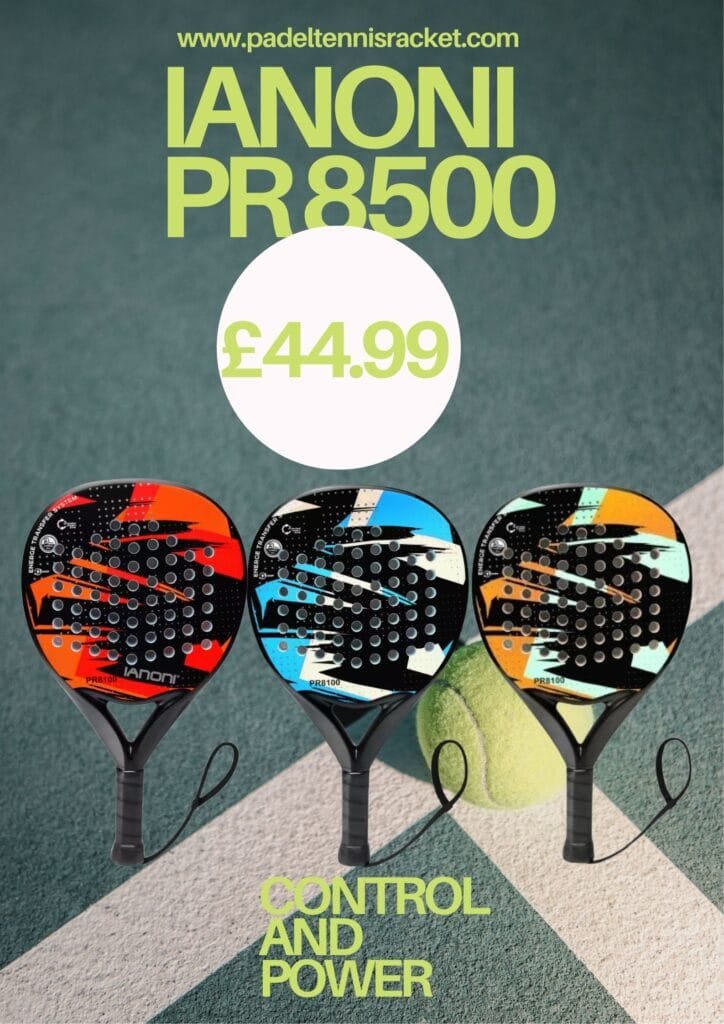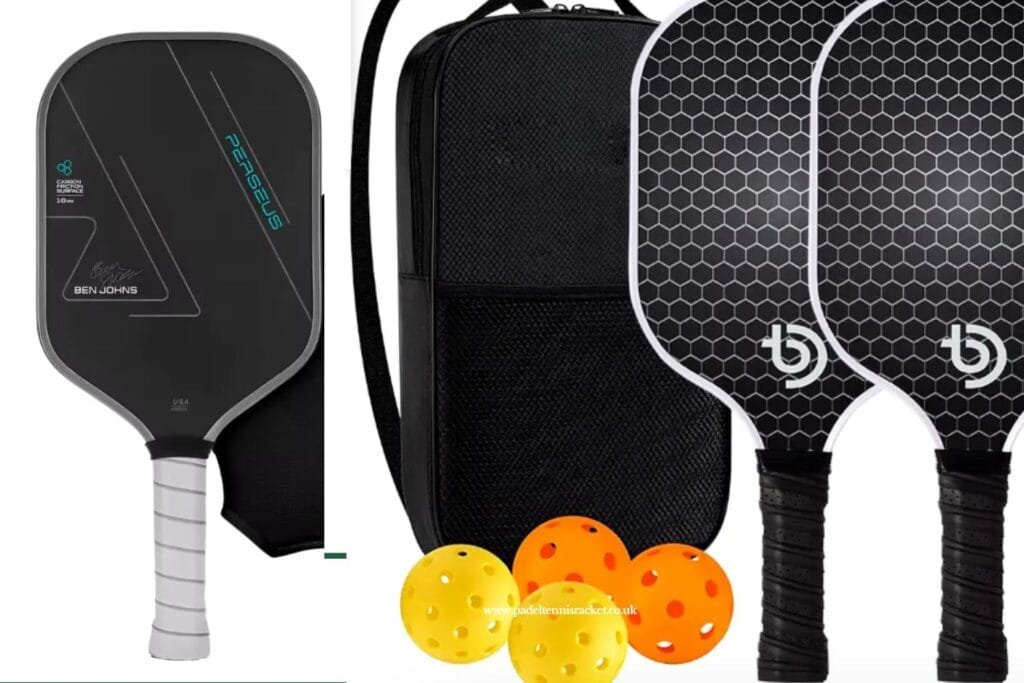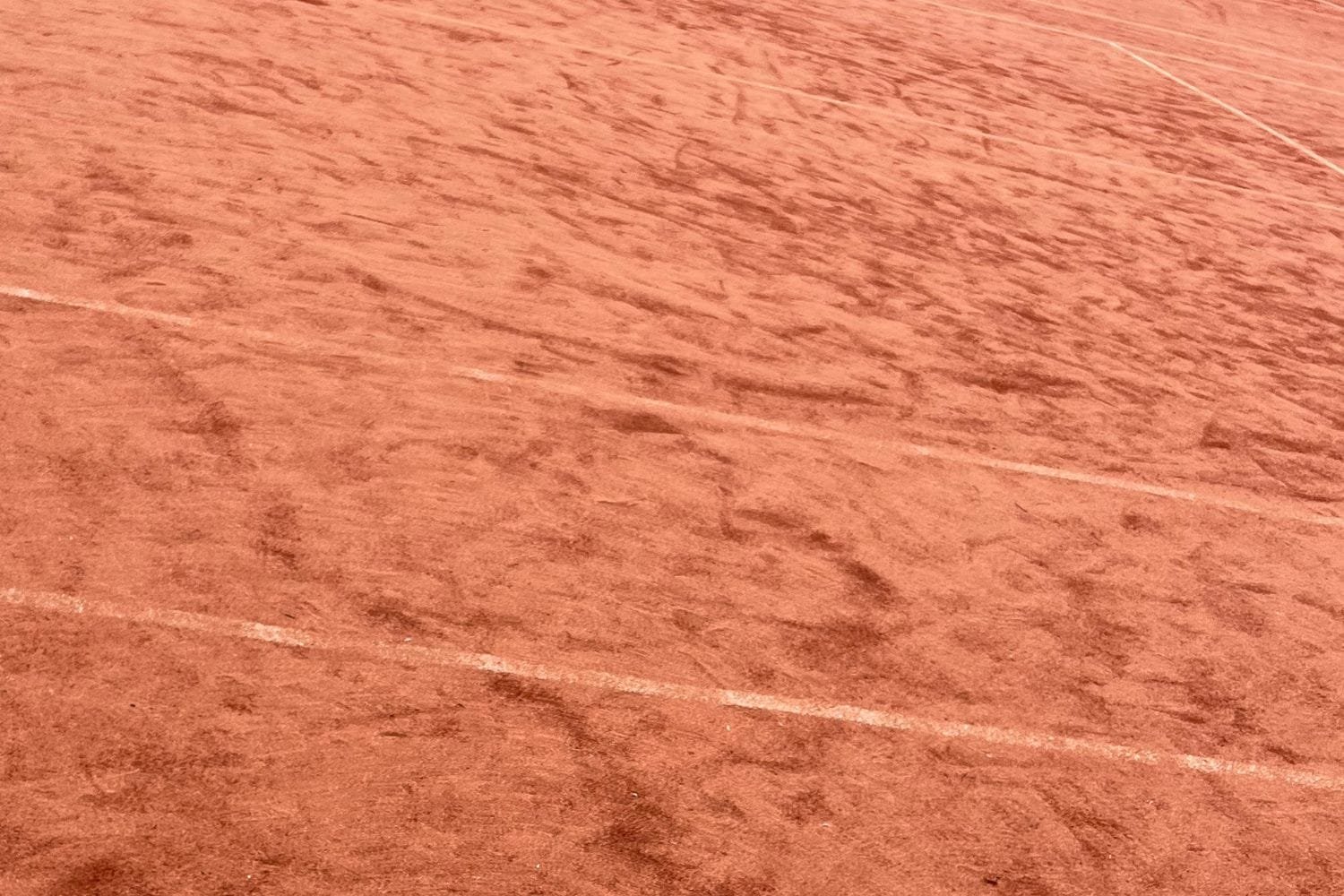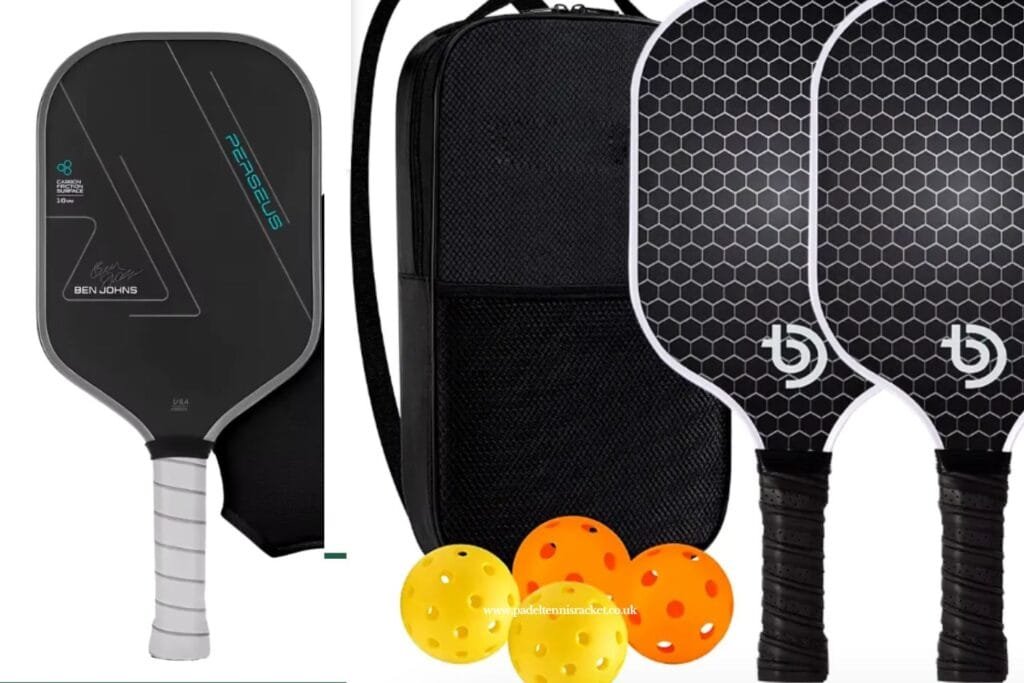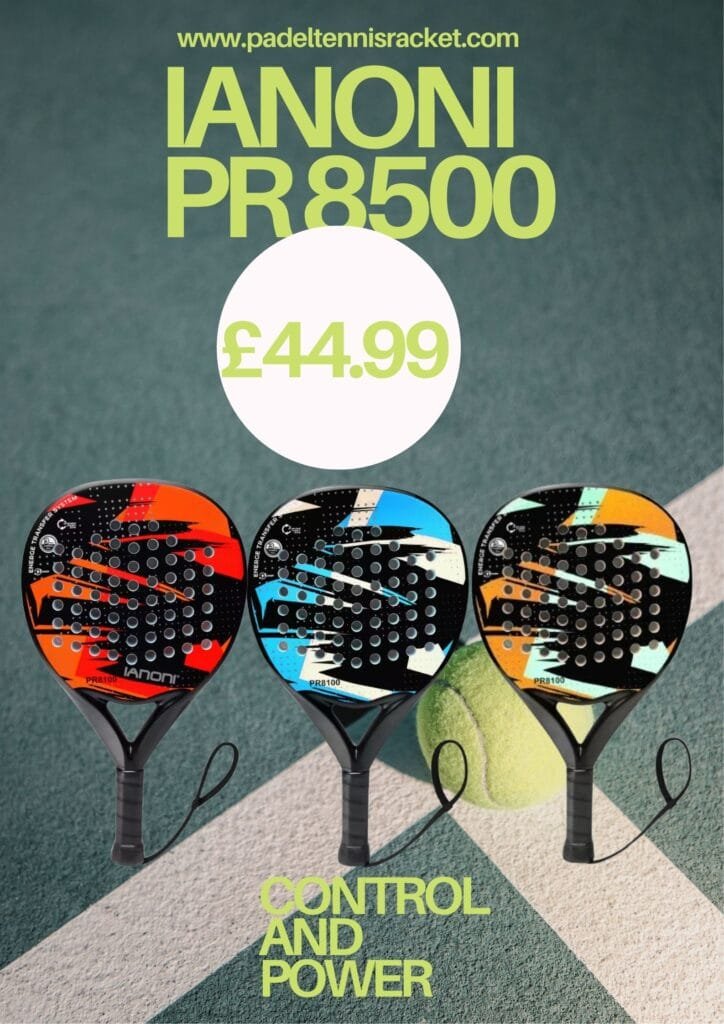
Padel is one of the fastest-growing sports in the world, combining the best of tennis and squash in a fast-paced, dynamic game. But as any serious player knows, your performance is only as good as the equipment you use. So, what makes a good padel racket? It’s a question many newcomers and seasoned players alike continue to ask and for good reason.
A quality padel racket can significantly improve your game by providing better control, more powerful shots, and enhanced comfort during play. Let’s dive into the details of what makes a good padel racket, and why options like the Ianoni Version 8500, Ianoni Version 8100, and Brave Padel Racket are rising to the top of the market.
Materials Matter: Full Carbon Construction
When evaluating what makes a good padel racket, one of the top considerations is the material used. Full carbon construction has become the gold standard. It’s lightweight, durable, and provides superior responsiveness. The Brave Padel Racket is an excellent example of this high-quality construction. Its frame and face are made entirely of carbon fiber, ensuring better energy transfer with every shot. This not only helps with power but also gives the player more control and stability.
Similarly, the Ianoni Version 8500 and Ianoni Version 8100 are crafted with a carbon surface that’s built to last, even under intense gameplay. These rackets are designed for players who want both finesse and power, and their carbon makeup makes them ideal for advanced strategies like spin shots and volleys.
Balance and Weight Distribution
Another key element in what makes a good padel racket is balance. A well-balanced racket allows for better maneuverability and reduces strain on the arm. The Ianoni Version 8500 features a medium balance that suits a wide range of playing styles, making it perfect for intermediate to advanced players who need flexibility.
The Ianoni Version 8100, on the other hand, offers slightly more head weight, which adds extra punch to offensive shots. This makes it a favorite among aggressive players who like to dominate at the net. Whether you choose the 8500 or 8100, Ianoni provides balance configurations that meet various player needs, highlighting what makes a good padel racket.
Sweet Spot and Core Density
Core technology is essential when determining what makes a good padel racket. A well-engineered core with optimal density ensures the racket has a wide sweet spot, increasing forgiveness on off-center hits. The Brave Padel Racket uses EVA memory foam in the core, which absorbs shock and offers excellent rebound properties. This enhances playability while reducing the risk of injury.
The Ianoni Version 8500 integrates high-resilience core technology, combining comfort with explosive performance. The Ianoni Version 8100 follows a similar approach but leans slightly toward firmness for those who prefer a bit more feedback during play. This range in core densities between models shows that there isn’t a one-size-fits-all answer to what makes a good padel racket, but rather a range of options depending on your preferences.
Grip, Comfort, and Aesthetics
Comfort is often underrated, but it’s a crucial part of what makes a good padel racket. A high-quality grip helps players maintain control and avoid slipping, especially during long matches. Both the Ianoni Version 8500 and Ianoni Version 8100 come with ergonomic, anti-slip grips designed for maximum comfort. The Brave Padel Racket also features a padded handle for shock absorption and better handling.
And let’s not forget aesthetics. While performance comes first, style matters too. Ianoni rackets are sleek, modern, and come in striking designs that make a statement on the court. Brave rackets also boast a professional look, showcasing the confidence and precision that define what makes a good padel racket.
Durability and Value
Finally, durability rounds out the checklist of what makes a good padel racket. A racket should maintain its performance over time, especially if you play regularly. The full carbon construction in both the Ianoni Version 8500 and Brave Padel Racket ensures long-lasting quality. The Ianoni Version 8100 is also built for endurance, making it a smart investment for players who take their game seriously.
Conclusion
To summarize, what makes a good padel racket isn’t just one feature it’s a combination of materials, balance, core design, comfort, and durability. Models like the Ianoni Version 8500, Ianoni Version 8100, and Brave Padel Racket embody all these characteristics, making them standout choices for players who want to elevate their game.
Whether you’re a casual player or pushing toward professional-level play, understanding what makes a good padel racket will guide you to make a smart choice. With the right racket in your hand, every shot can be sharper, every match more enjoyable, and every improvement more noticeable. So, ask yourself again what makes a good padel racket? With options like Ianoni and Brave, the answer is clearer than ever.







